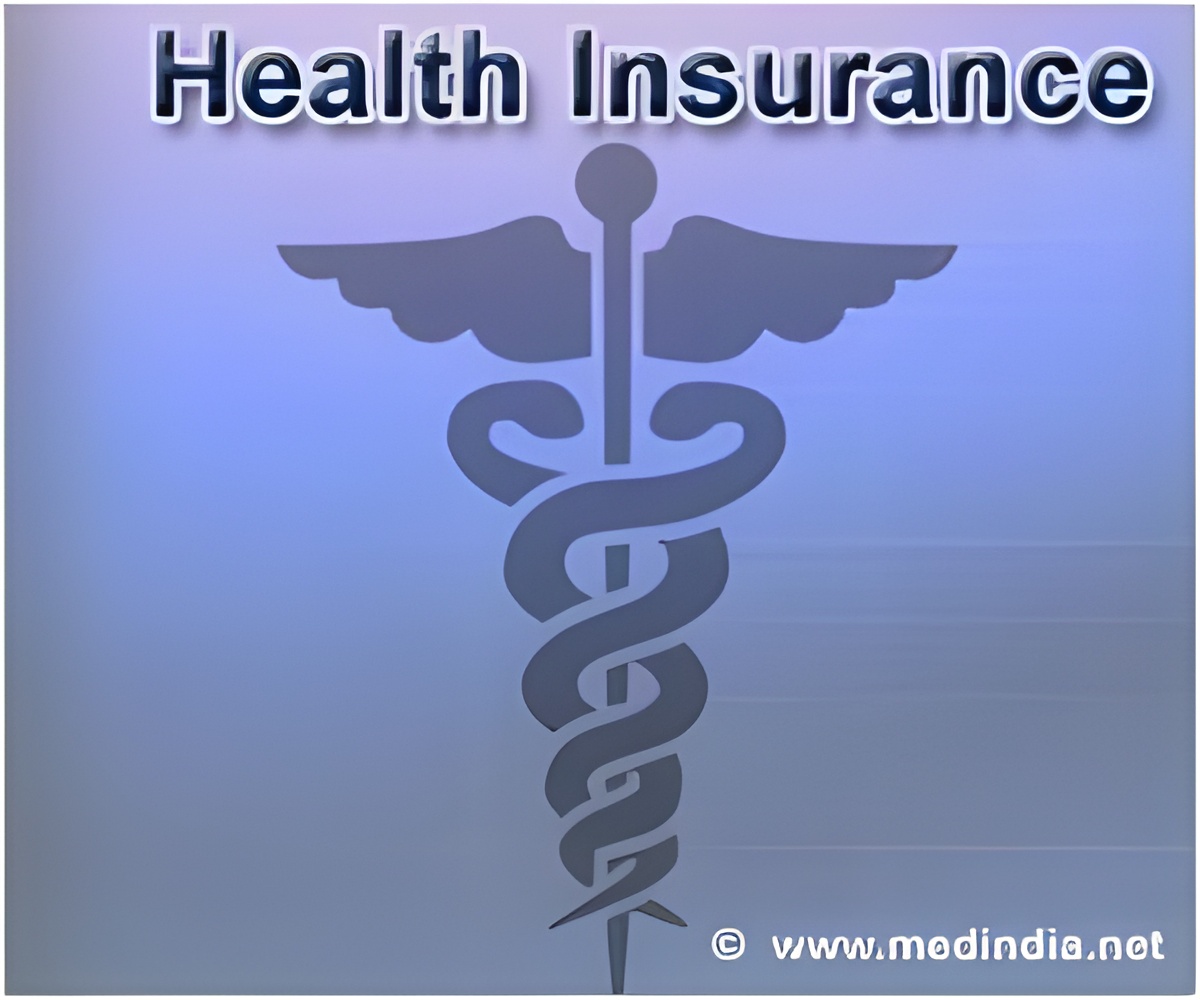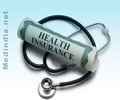Healthcare insurance was provided to an estimated 20 million Americans who lacked coverage, by the Patient Protection and Affordable Care Act.

In "Access to care issues and the role of EDs in the wake of the Affordable Care Act," lead author Alexander Janke notes that Americans who received public insurance under the Affordable Care Act now use the emergency room more frequently than before they were insured. The overwhelming reason: Many urban and rural areas of the nation lack primary health care providers, so the emergency department becomes the only source of health care.
"Of course, we are not the first to highlight the significance of the general problem of lack of access to primary care," said Janke, originally from Grand Rapids, Mich. "Part of the challenge is political: We need more resources in communities with many un- and underinsured, as in Detroit. Managed care approaches to health care delivery, and especially case management, have found success reducing emergency department utilization for high-frequency users. The Patient Centered Medical Home is a great example of an innovative care delivery model that makes primary care relevant to patients, high-frequency emergency department users or not, who might otherwise visit the emergency department. These kinds of innovations are certainly part of the overall solution. Emergency departments, which remain very much at the front lines of this problem, can also play a role."
Co-authors and study researchers include Daniel Overbeek, a fourth-year student graduating in May and applying to residency programs in emergency medicine; Justin Bedford, a second-year student and a coordinator for the student Emergency Medicine Interest Group; Aaron Brody, M.D., clinical assistant professor of Emergency Medicine; Robert Welch, M.D., M.Sc., associate professor of Emergency Medicine; and Phillip Levy, M.D., M.P.H., associate professor of Emergency Medicine.
The team reviewed data from the 2013 National Health Interview Survey, administered by the U.S. Department of Health and Human Services. Their analysis utilized 7,233 respondents who reported at least one emergency department visit in the preceding 12 months.
Among emergency room users who reported no usual source of care and who reported relying on the emergency room, 27.7 percent and 35.1 percent, respectively, said lack of access forced them to the emergency room. None of those said their issue was a true emergency.
Previous research has shown that Americans who lack access to a usual source of care, such as a family physician, use emergency departments more frequently. This study, the authors said, is the first population-level study to demonstrate their propensity for turning to emergency rooms in the face of a dearth of primary care access.
"We found that insurance status is a far less significant predictor of lack of access-based emergency department utilization than usual source of care," Janke said. "As health care services utilization increases in the era of the Affordable Care Act, the shortcomings of primary care accessibility will become increasingly salient. Many patients will simply present to our nation's emergency departments. Policymakers should consider providing resources for emergency departments in under-resourced communities to address the full range of health care needs for patients lacking a stable usual source of care."
The study also points out that if newly insured patients cannot access primary care and instead rely upon the emergency rooms, they may not enjoy the full benefits of health care services provided under the act.
Research has shown that poor health and disruptions in access to primary health care providers are key predictors of emergency room use. The study authors predict that reliance upon emergency rooms will increase as enrollment under the ACA continues. The trend is troubling because prior research indicates stable access to primary care providers is critical for effective health care services utilization. Moreover, studies have found that Americans with an established usual source of care are more likely to follow recommended preventive care measures, and demonstrate better rates of awareness, treatment and control of chronic conditions such as hypertension and elevated cholesterol levels.
The authors recommend the emergency department serve as a case study in accessibility, as well as a "fulcrum to contain costs through improved resource utilization." They recommend new policies that provide incentives for emergency departments to participate in more holistic care for patients lacking a stable usual source of care.
"We are moving toward a more patient-centered and integrated health care system," Janke said. "The emergency department has many desirable qualities for patients: accessibility, diagnostic testing, procedures and a full range of provider expertise. In the paper we say 'policymakers should provide emergency departments with resources and incentives to better address the full range of their patients' health care needs, especially as utilization picks up under the Affordable Care Act.' Emergency departments can coordinate better referral and follow-up, and address health issues not related to patients' acute or emergent conditions, for example, as a checkpoint in long-term hypertension management. Ultimately, though, we will need substantial financial investment to do these things. Emergency department staff already has plenty to do."
Source-Eurekalert
 MEDINDIA
MEDINDIA




 Email
Email






